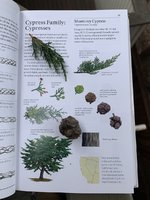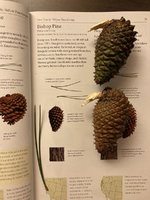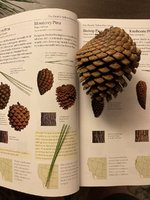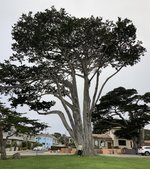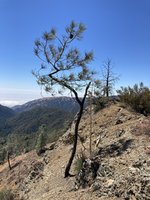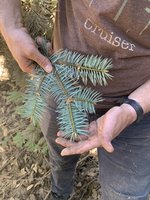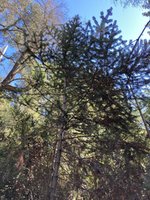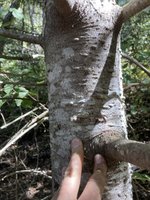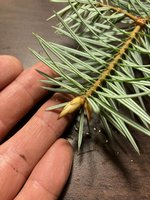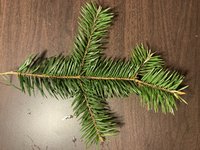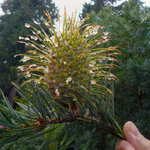Cruiser
Omono
Does anyone know of easily accessed areas to see these trees in the wild? It seems like every road that leads to a known grove is washed out.. cone peak, no access; bottchers gap campground, closed…
The Monterey ranger district was unable to give me a solid answer on where to see these trees up close..
My wife and I are flying down to Monterey next week. The reason is that I’ve always wanted to see Santa Lucia firs. I’m desperate here.
The Monterey ranger district was unable to give me a solid answer on where to see these trees up close..
My wife and I are flying down to Monterey next week. The reason is that I’ve always wanted to see Santa Lucia firs. I’m desperate here.

